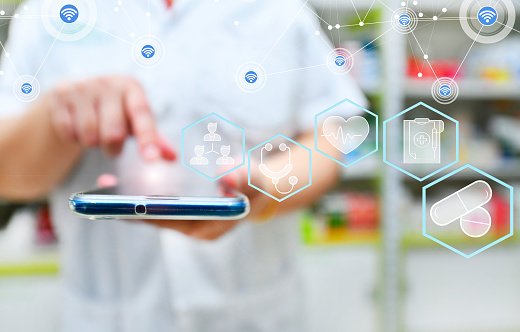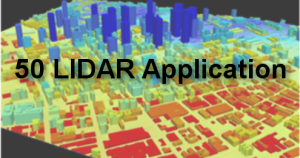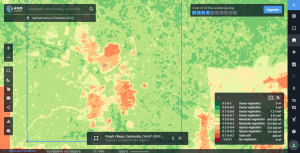Medicine is a vast industry that is evolving every day. Like any evolving industry, the medicine industry employs LiDAR technology to ease its operations. The spatial data collected by the LiDAR tools are extensively used in medical analysis and other pharmaceutical tasks. In this article, we shall discuss some of the typical applications of LiDAR in medicine.
1. Dermatology
Dermatology is a branch of medicine that deals with human skin. This branch involves medical and other surgical processes associated with the skin. Dermatologists use LiDAR tools to monitor, detect, and observe skin conditions during these medical processes. In addition, the information collected by LiDAR tools can help determine skin defects.
2. Medical Imaging
Medical imaging is a term used to refer to the methods used to view the human body. The use of LiDAR technology has a role in medical imaging. The technique is used in imaging the exterior parts of the body and provides medical images used for clinical purposes. In addition, the tools promote visual representation of parts of the body.
3. Controlling Diseases
Communicable diseases are a threat to the medical industry. Therefore, various methods have been implemented to monitor and inhibit the spread of such diseases. One of the commonly used methods is LiDAR technology. In LiDAR technology, specialist and medical officers use LiDAR tools to monitor regions and the movement of people in the affected areas.
4. Dentistry
Dentistry is a branch of medicine that deals with oral-related defects. This field deals with teeth diagnosis, prevention management, and other oral studies. The LiDAR technology helps analyze and view the internal parts of the mouth. Dentists rely on LiDAR information while performing their tasks.
5. Surgery monitoring
During surgery, viewing tools are used to ease the process of analyzing the body parts. These tools provide information that guides the surgeons. The LiDAR tools are used for scanning and imaging purposes during surgery. Similarly, when documenting oral information, LiDAR tools help view and collect the teeth structure
6. Data Collection
The medical industry is incomplete without environmental research. Environmental research is the primary source of medications and medical analysis. Therefore, there’s a need to explore the environment. LiDAR has been one of the most effective tools in collecting data in the medical industry. The LiDAR technology uses airborne tools, which ease the collection process of data over a wide area. In addition, LiDAR’s information is more accurate and reliable than that of other tools.
7. Photogrammetry
In Medical Industry, Photogrammetry is the science of obtaining information about a given body part. The collected information is then converted to 3D models. LiDAR technique is employed in collecting the physical measurements of body parts used in the photogrammetry process.
8. Texture light scanning
Texture light scanning works on the principle of projecting a series of grids in laser lights. The laser light from LiDAR tools is passed through an object or body part to capture all the angles, yielding a 3D model.






